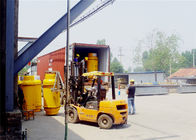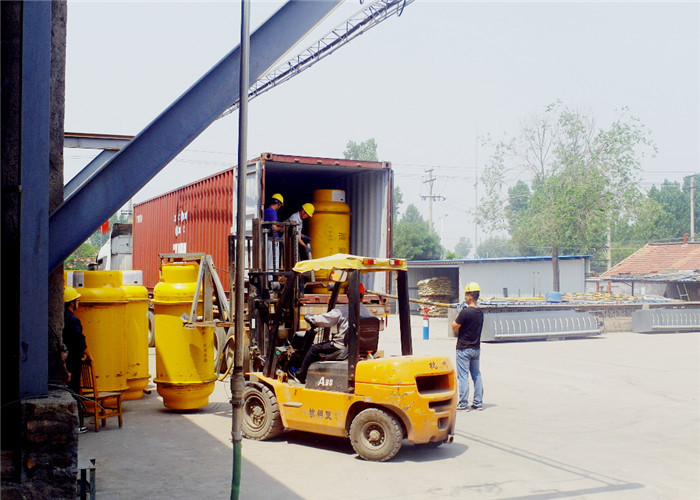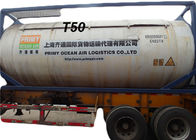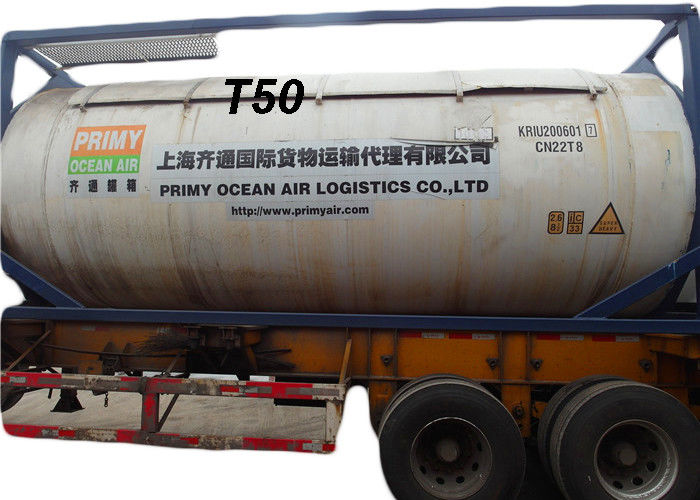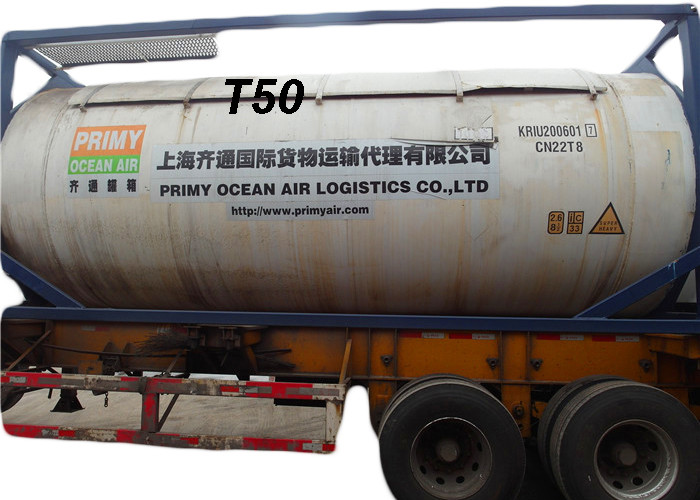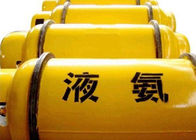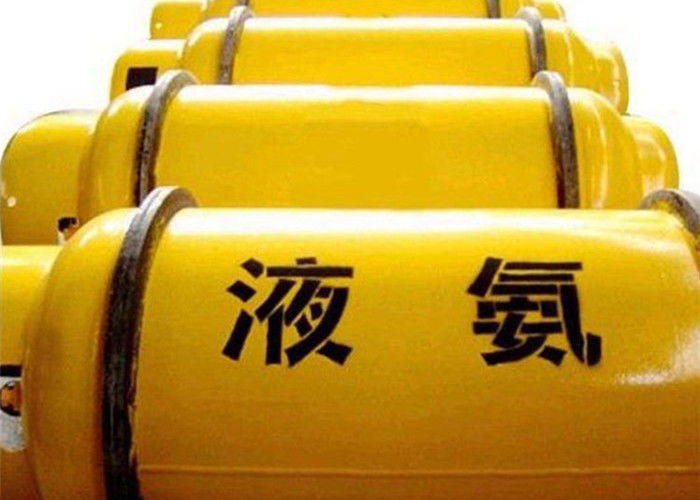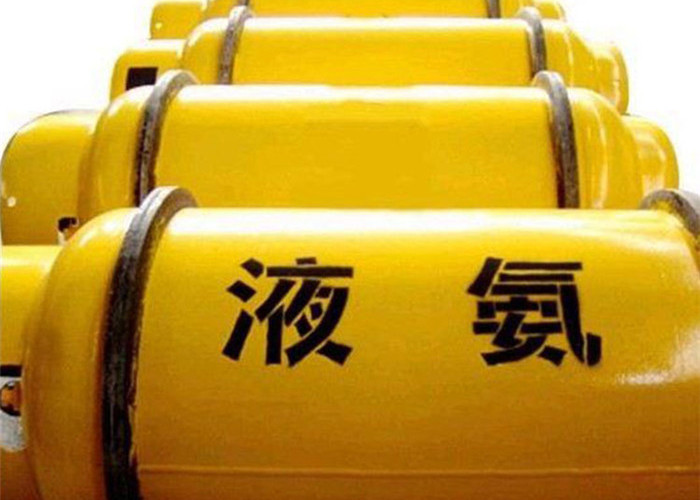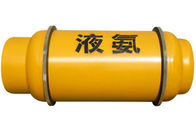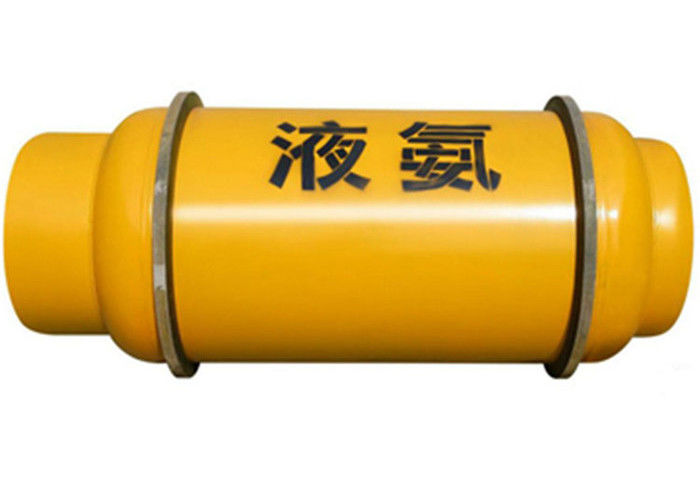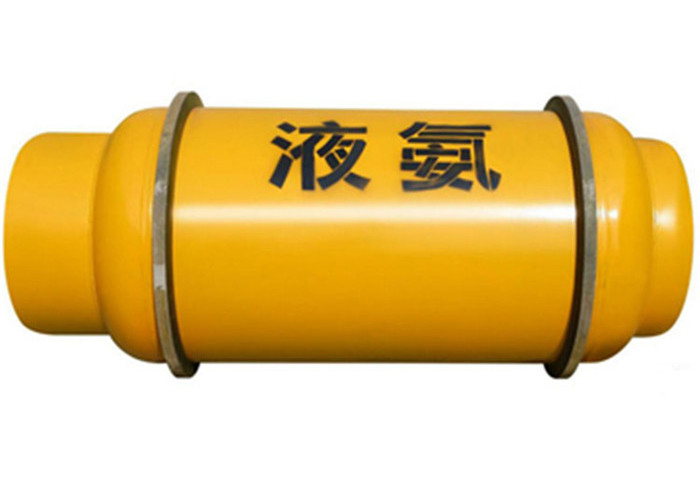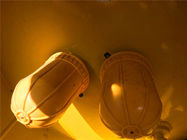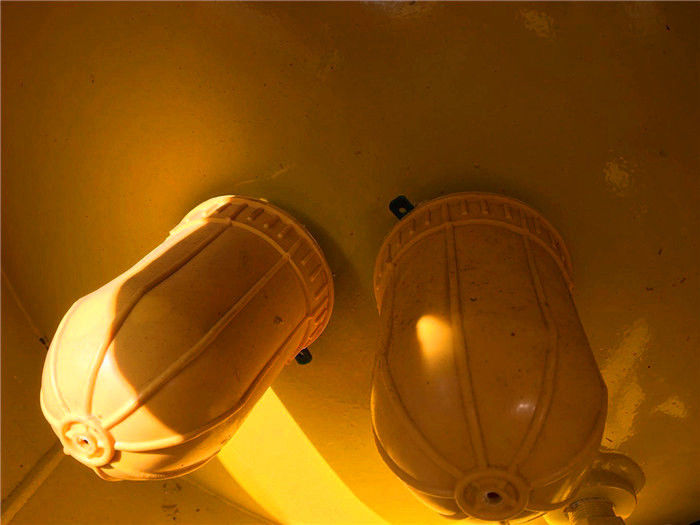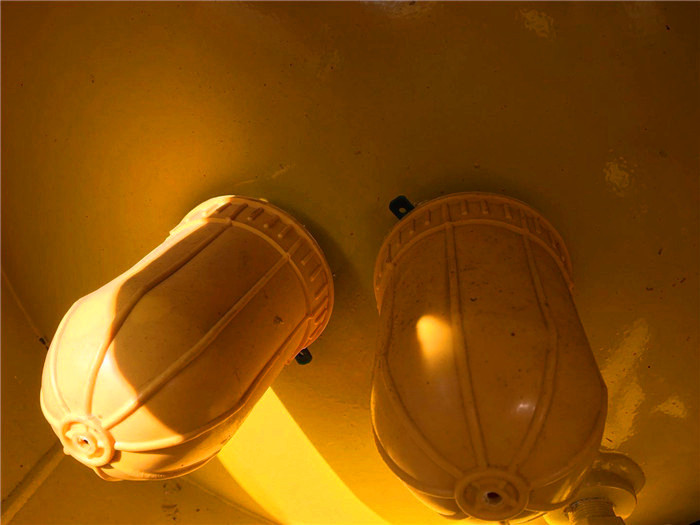Inorganic Industrial Ammonia for Refrigeration Facility Philiphines Marketing
What is Ammonia?
Ammonia (NH3), colourless, pungent gas composed of nitrogen and hydrogen. It is the simplest stable compound of these elements and serves as a starting material for the production of many commercially important nitrogen compounds.
Ammonia, a colorless gas with a distinct odor, is a building-block chemical and a key component in the manufacture of many products people use every day. It occurs naturally throughout the environment in the air, soil and water and in plants and animals, including humans. The human body makes ammonia when the body breaks down foods containing protein into amino acids and ammonia, then converting the ammonia into urea.
Ammonium hydroxide – commonly known as household ammonia – is an ingredient in many everyday household cleaning products.
Ammonia is a basic building block for ammonium nitrate fertilizer, which releases nitrogen, an essential nutrient for growing plants, including farm crops and lawns.
Why we needs Ammonia?
The pressure is very low when evaporated to produce the temperatures needed for refrigeration.
When condenses ,the pressures is relatively low .
Ammonia carries much more heat per pound than most other refrigerants, like around twice as efficient as HFC's in this respect.
It noncorrosive to metals such as steel, stainless steel, aluminum and bronze.
Ammonia has a pungent odor that is easily detected by the human nose (most people can smell it at around 5 parts per million), leaks are easily detected.
Ammonia is a completely natural occurring chemical, the human body actually produces several grams per day as a normal part of living.
It has a zero ozone depletion potential, and a zero global warming potential, totally benign to the environment.
How might I be exposed to ammonia?
Ammonia occurs naturally in the environment, so everyone is exposed to low levels at one point or another. It is possible for a person to be exposed to higher levels of ammonia when using cleaning products containing ammonia, or if they live on or near farms where fertilizers are used. It’s also possible to be exposed to higher levels of ammonia if a person spends time in an enclosed building that contains lots of animals.
How can ammonia exposure affect my health?
No health effects have been found in humans exposed to typical amounts of ammonia that exist in the environment. Exposure to high levels of ammonia in air may be irritating to a person’s skin, eyes, throat, and lungs and cause coughing and burns.
Our service

Our Certifiicate

Specification-Ammonia
| High grade |
First class |
Standard |
| NH3 %≥ |
99.8 |
99.8 |
99.6 |
| Residuum %≤ |
0.2 |
0.16 |
- |
| H2O %≤ |
0.1 |
0.07 |
- |
| Oil mg/kg ≤ |
5 |
1.6 |
- |
| Fe mg/kg ≤ |
1 |
0.7 |
- |
Product Show

 Your message must be between 20-3,000 characters!
Your message must be between 20-3,000 characters! Please check your E-mail!
Please check your E-mail!  Your message must be between 20-3,000 characters!
Your message must be between 20-3,000 characters! Please check your E-mail!
Please check your E-mail!


